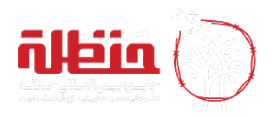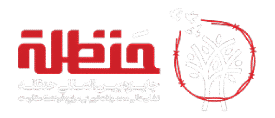Focusing on childhood and adolescence is important from several perspectives. Firstly,
because it is a sensitive period for nurturing the future generation and the future social current.
Secondly, it is the point of convergence for various influential institutions and groups, including
family, education, mosque, media, and more. And finally, and more importantly than the
previous two points, the existential capacity and inner talents of this segment of society are
more receptive to accepting truth and reality than the adult population.
Hanzala is more than just a line and a drawing on paper; it etches the line and design of
struggle upon the hearts and souls of children and adolescents, as Imam Ali (peace be upon
him) said: “Knowledge in childhood is like engraving on stone.” (Bihar al-Anwar: 1/224/13)
The emphasis on educational and training products and their placement as the basis for
accepting and evaluating works is noteworthy due to the following points:
- A product is a tangible and objective outcome of a cultural activist’s efforts. Therefore, by
aggregating individuals’ products, a stronger sense of the amount of work done in this field is
gained, and their enthusiasm for new creations increases. - A cultural product is at the end of a production cycle, making its evaluation more precise and
easier compared to other parts of the process. - These products can create a lifestyle, build identity, and direct the character and worldview of
adolescents and children. On the other hand, through them, the taste of society can be
understood and planned for. - And finally, cultural and educational products reflect the thought of each society and
themselves demonstrate a reflection of society’s relationship with various standards and
values.



